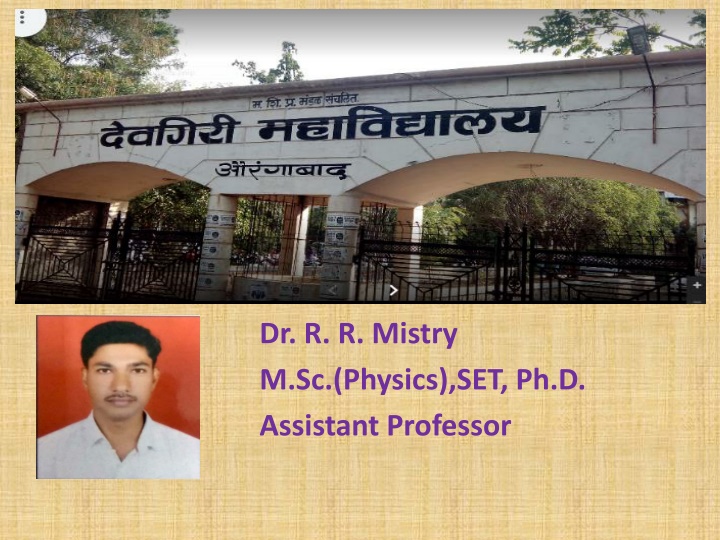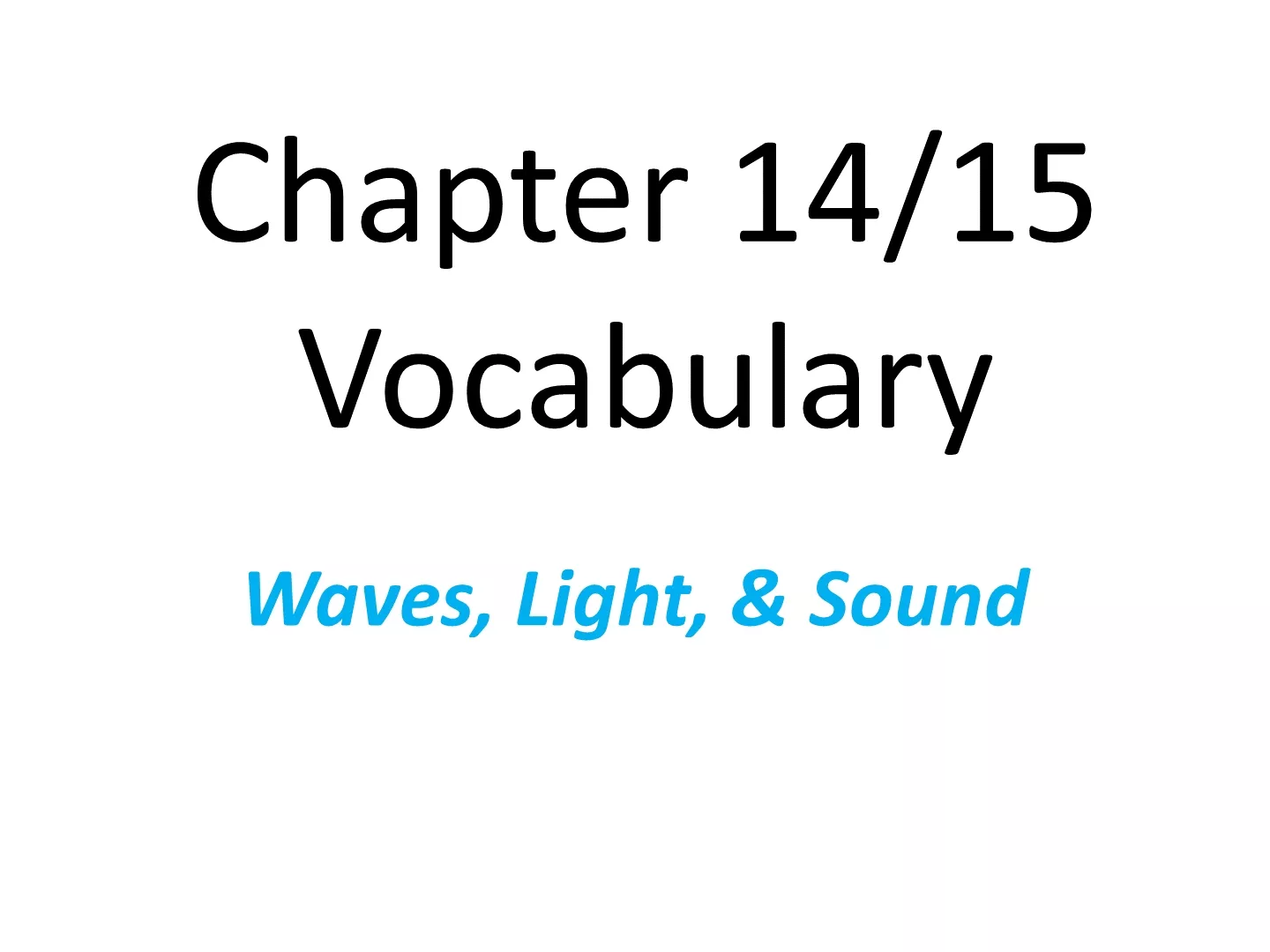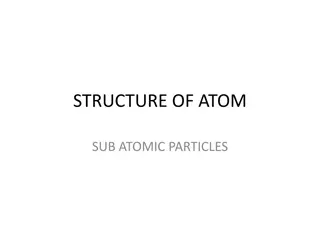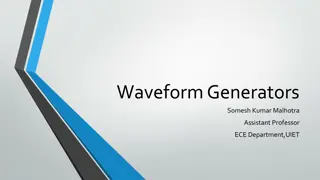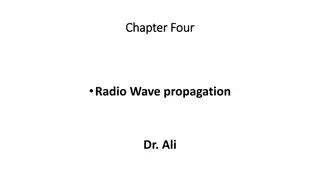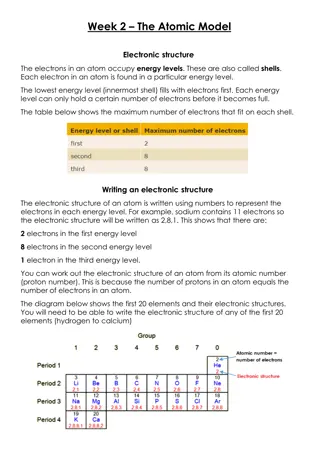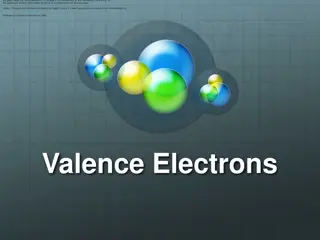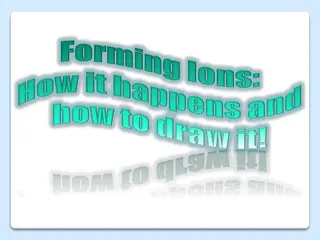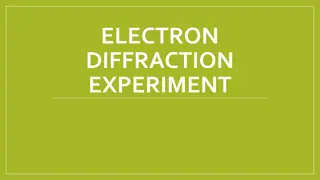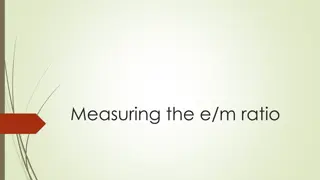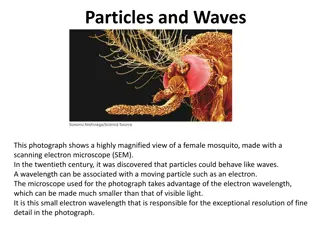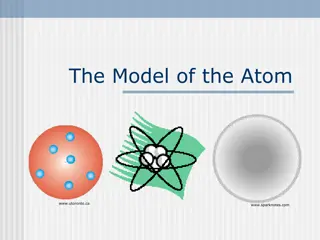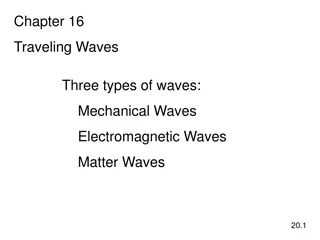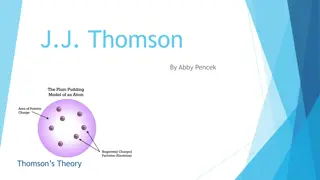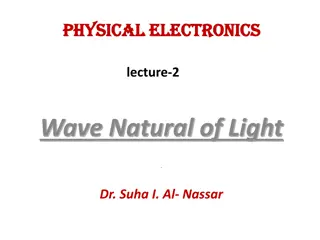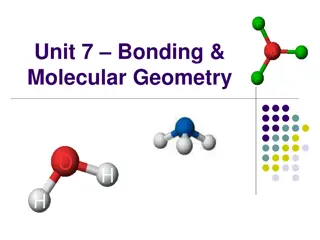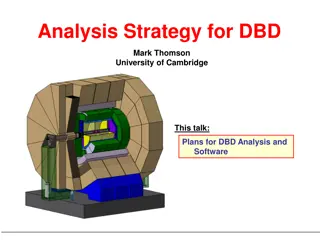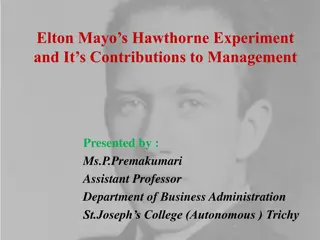G.P. Thomson's Experiment: Confirmation of Matter Wave Nature of Electrons
The experiment conducted by G.P. Thomson in 1928 confirmed the matter wave nature of electrons through diffraction patterns obtained when high-speed electrons were diffracted from a thin metallic film. The setup involved accelerating electrons through a high potential, incident on a gold foil, and the resulting diffraction pattern on a photographic plate displayed concentric circular rings, proving the wave-like behavior of electrons.
Download Presentation

Please find below an Image/Link to download the presentation.
The content on the website is provided AS IS for your information and personal use only. It may not be sold, licensed, or shared on other websites without obtaining consent from the author.If you encounter any issues during the download, it is possible that the publisher has removed the file from their server.
You are allowed to download the files provided on this website for personal or commercial use, subject to the condition that they are used lawfully. All files are the property of their respective owners.
The content on the website is provided AS IS for your information and personal use only. It may not be sold, licensed, or shared on other websites without obtaining consent from the author.
E N D
Presentation Transcript
Dr. R. R. Mistry M.Sc.(Physics),SET, Ph.D. Assistant Professor
G. P. Thomsons Experiment:- The matter wave can be experimentally confirmed by G. P. Thomson s experiment. He performed his experiment in 1928 to study diffraction of high speed electrons, subjected to a 10,000 to 50,000 volts. The beam of electron is diffracted from a thin metallic film. The experimental arrangement was as shown in fig.
The hallow tube is evacuated with the help of evacuation pump. The electrons from the filament F are accelerated through a high potential difference by applying a positive potential to the cylinder D. This beam of electrons is incident on a thin gold foil G and then after passing through the foil it is incident on a photographic plate P. The pattern obtained in the photographic plate consists of concentric circular rings of varying intensity. This is possible only in the case of waves. Hence electrons also behave as waves was proved.
The reflected wave falls at the point P on the photographic plate at a distance R from the centre point O.
